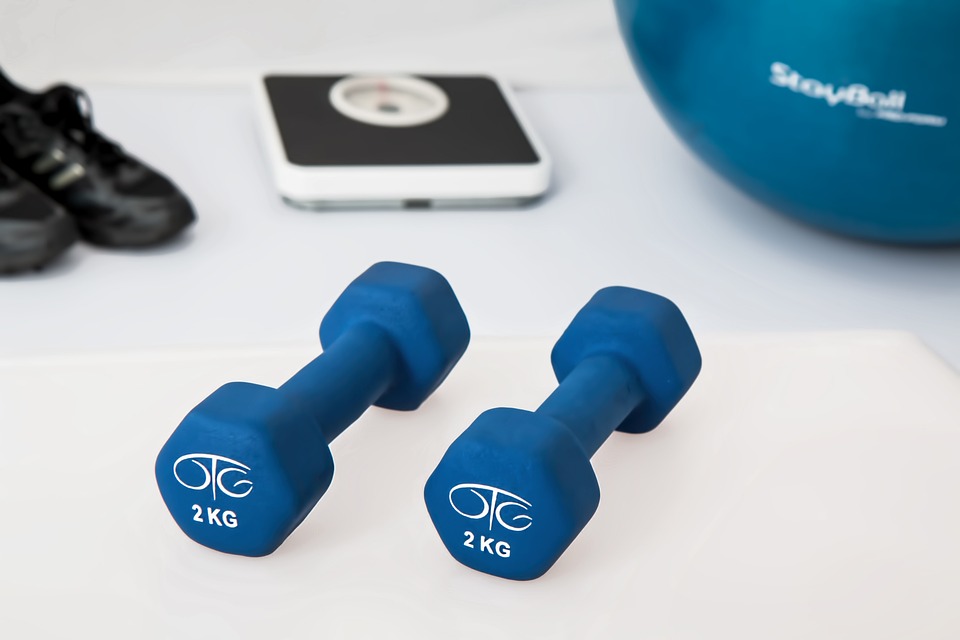Say Goodbye to Joint Pain: Effective Strategies to Find Relief
Introduction:
Joint pain is a common problem that affects millions of people worldwide. Whether it is caused by age, injury, or underlying health conditions such as arthritis, joint pain can significantly affect one’s quality of life. Fortunately, there are various strategies and treatments available to provide relief and manage joint pain effectively. In this article, we will explore some of these strategies and provide answers to frequently asked questions related to joint pain.
Understanding Joint Pain:
Joints are the connections between bones in our body that allow movement. When these joints become inflamed or damaged, it leads to intense pain and can limit mobility. Joint pain can occur in any part of the body, including the knees, hips, shoulders, and wrists. The intensity of the pain can range from mild to severe, hindering day-to-day activities and impacting overall well-being.
Effective Strategies for Joint Pain Relief:
1. Medications:
Over-the-counter nonsteroidal anti-inflammatory drugs (NSAIDs) like ibuprofen or naproxen can provide temporary relief from joint pain. However, prolonged use of these medications may have side effects. Consultation with a healthcare professional is recommended for proper guidance, especially if you have pre-existing medical conditions.
2. Physical Activity:
Regular exercise is essential to maintain joint health and reduce pain. Low-impact exercises like swimming, yoga, and tai chi can help to strengthen the muscles around the joints, reducing stress and providing a significant relief to joint pain. Additionally, weight management is crucial for minimizing the strain on joints, particularly weight-bearing ones such as knees and hips.
3. Hot and Cold Therapy:
Applying a hot or cold compress to the affected area can help alleviate joint pain. Cold therapy, such as ice packs, reduces inflammation and numbs the area, providing immediate relief. On the other hand, heat therapy, such as warm towels or heating pads, helps relax muscles, and promote blood circulation, offering long-term relief.
4. Physical Therapy:
Working with a physical therapist can be incredibly beneficial for managing joint pain. They can create a tailored exercise plan that focuses on joint mobility, strengthening, and stretching exercises. Physical therapy can also help improve posture and teach proper body mechanics to minimize stress on painful joints.
5. Nutrition:
Maintaining a healthy diet plays a significant role in managing joint pain. Foods rich in omega-3 fatty acids, such as fatty fish, walnuts, and flaxseeds, have been proven to have anti-inflammatory effects. Similarly, including fruits and vegetables, along with lean proteins, whole grains, and healthy fats, can help reduce joint pain and promote overall well-being.
6. Assistive Devices:
Assistive devices like canes, braces, and splints can provide support and stability to joints, reducing pain during movement. These devices help distribute the weight evenly and alleviate stress on the affected joints. Occupational therapists can guide individuals on choosing and using the appropriate assistive devices.
Frequently Asked Questions (FAQs):
1. Can joint pain be prevented?
While it may not be entirely preventable, maintaining a healthy lifestyle can significantly reduce the risk of joint pain. Regular exercise, a balanced diet, maintaining a healthy weight, avoiding excessive strain on joints, and protecting them during physical activities are effective preventive measures.
2. Is joint pain always a sign of arthritis?
No, joint pain can be caused by various factors apart from arthritis. Injuries, overuse, infections, autoimmune diseases, and certain medications can also lead to joint pain. If the pain persists or worsens, it is advisable to consult a healthcare professional to determine the underlying cause.
3. Are natural supplements effective in relieving joint pain?
Several natural supplements, such as glucosamine, chondroitin, and turmeric, have shown promise in relieving joint pain. However, their effectiveness varies from person to person. It is advisable to consult with a healthcare professional before starting any supplement regimen to understand potential interactions with existing medications and overall suitability.
4. When should I see a doctor for joint pain?
If joint pain is severe, persistent, or accompanied by other concerning symptoms like swelling, redness, or inability to move, it is crucial to seek medical attention. A healthcare professional can conduct a thorough evaluation, order necessary tests, diagnose the underlying cause, and recommend appropriate treatment options.
Conclusion:
Joint pain can be a debilitating condition, affecting one’s quality of life in various ways. However, with proper strategies and treatments, relief from joint pain is attainable. Utilizing a combination of medication, exercise, therapy, proper nutrition, and assistive devices can significantly improve joint health, alleviate pain, and enhance overall well-being. Remember, it is always advisable to consult a healthcare professional for an accurate diagnosis and personalized treatment plan. Say goodbye to joint pain and embrace a life full of movement and freedom.






